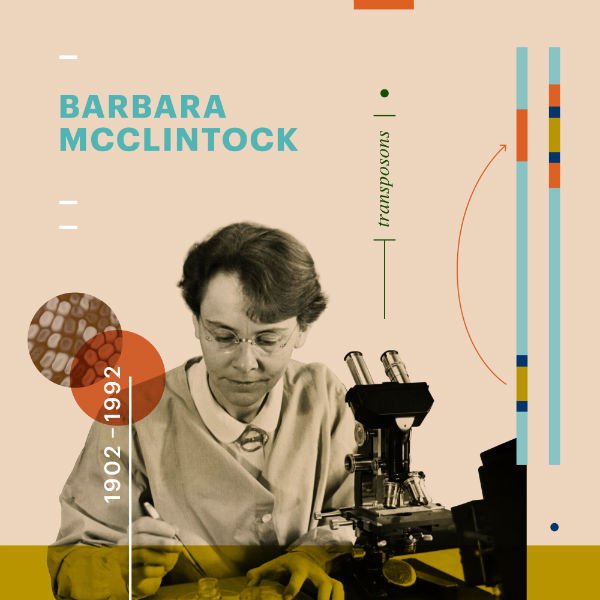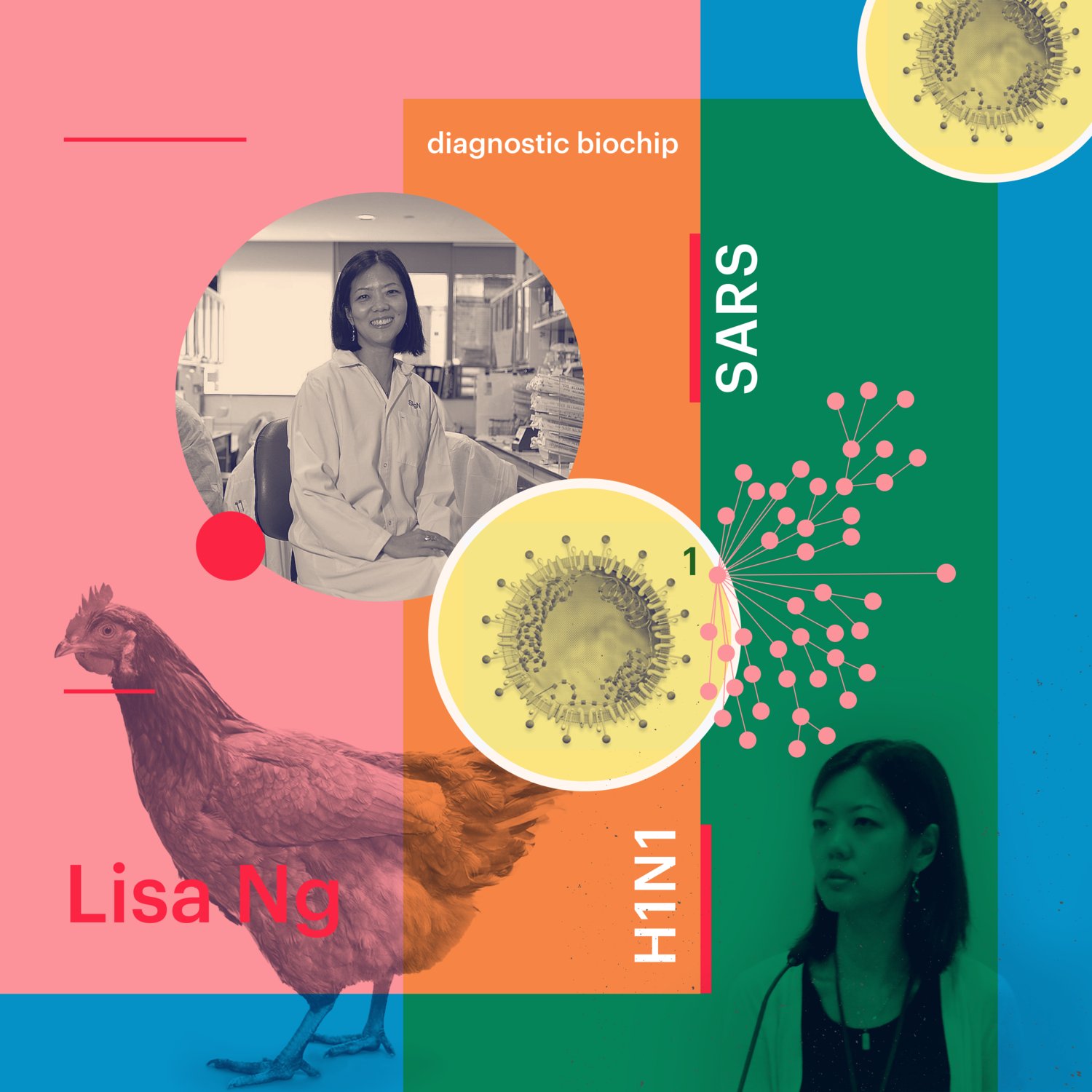Open the pages of a science book, or skim through a Google search for notable scientists, and a sea of white males dominate the lists of award-winners, accomplishments, and imagery.
Now, imagine a world where every young classroom had a poster of Chen-Shiung Wu, the “First Lady of Physics,” who was born in a time when girls in China were not allowed to attend school, or Rosalyn Sussman Yalow 1977 Nobel Peace Prize winner for her work in radioimmunoassay, who began as secretary because she didn’t believe a graduate school would support her studies.

The message these women send could encourage more girls to enter and stay in science, technology, engineering, or math (STEM) careers, if only more people knew their legacies. Currently, male college students are three times more likely to be interested in STEM careers than females. In 2009, only 12% of chemists were women, and of those women, 2% were minority women according to the National Science Foundation.

Read More: Girls Start Doubting Their Own Intelligence at Age 6, Study Shows
Fortunately, neurologist turned designer, and one-time ballerina, Amanda Phingbodhipakkiya is adding to a growing movement to uncover and celebrate the lost women, like Yalow and Wu, of scientific history — an act to give girls more role models and encouragement to equal out STEM fields.
Her project, Beyond Curie, is re-breathing life into science’s buried women with 32 stunning modern prints of badass women scientists you’ve most likely never heard of.

“At the end of the day we are standing on the shoulders of giants, and most of these women have been lost to history,” Phingbodhipakkiya told Global Citizen. “Many of these women have been barred from institutions and from receiving awards.”
“This project is about highlighting all the other women besides Marie Curie who have built the foundation of scientific discovery our society depends on, and to create an awareness for women currently in STEM and how badass they are,” said Phingbodhipakkiya.
Phingbodhipakkiya has long been an advocate for bridging the gap between science and art. Similar to many the scientists of Beyond Curie, an obstacle led Phingbodhipakkiya to the work she loves today.

“I’ve always been in love with both art and science. My interest in neuroscience began when I got injured in college and couldn’t dance anymore. I desperately wanted to understand why I couldn’t move as gracefully as I used to, and began studying the intricacies of how the nervous and musculoskeletal systems work together. But the real turning point for me was when I was working at Columbia Medical Center doing Alzheimer's research. I realized, as scientists, we needed to be better equipped to convey the vital urgency of our work. I gained a new sense of purpose and made it my mission to learn how to use design to shine a light on science,” said Phingbodhipakkiya.
Read More: One Reason Why Girls Are Closing the Gap in Math Scores

Now, she is a design strategist and creative director. Her TED Talk dives into the power of storytelling and science, she started the Leading Strand, an initiative to connect designers and researchers. Personally, she bridged the two by taking science discipline into the creative process with Creative Habit, where she created a design a day for 270 days finishing each in just an hour.
Beyond Curie began as an interest in civic engagement after the US election, and later became a larger design project, after a friend suggested Phingbodhipakkiya pick a cause and go for it. So Phingbodhipakkiya merged what she knows best, design and science, and took inspiration from working on the Leading Strand.

Then she opened a Kickstarter campaign, hoping to bring some awareness and long-deserved recognition to the countless lost women of STEM fields from astrophysics to biology and chemistry. Her Kickstarter quickly jumped its goal of $1,000 and has now raised nearly $15,000.
Beyond Curie offers prints, pillows, postcards, and digital downloads for those who pledge their support for the project through the Kickstarter page. All proceeds not used for printmaking and shipping go to the Association for Women in Science.

Each print tell the story of stereotypes and boundary breaking women, like Rita Levi-Montalcini, who defied her father to become a doctor, and persisted carrying out neurology experiments in her bedroom after Mussolini banned Jews from professional careers. A total badass, Levi-Montalcini is also one of only 16 women to win a Nobel Peace Prize in a science field.

The prints themselves artfully combine the science field that each women was a mastermind within in a modern way. The clues and hints to their work are shown in each print revealing their stories.
Read More: This All-female Coding School in Afghanistan is Tearing Down Gender Inequalities
“The best part has been to learn about women, their stories, their accomplishments and getting back into science,” said Phingbodhipakkiya. “It’s been a combination of searching online and looking for books, and images of these women who’ve done amazing things and haven't been celebrated in the way they deserve.”
In addition to creating awareness, Phingbodhipakkiya also received a flood of support from other women in STEM fields.

One programmer shared via a Kickstarter response just how meaningful it was to see the role models she’d been missing after working in STEM for 25 years.
“I am a woman programmer who's been working in the field for over 25 years and I feel like I have really missed out on having women role models to look to. I feel so strongly that it is critically important to be able to SEE women doing things, to know how capable and strong and smart women are, and that it's not just some fluke one-off thing. (Or that we need to be 'tolerated' in the workplace.) Even after all these years, I desperately need to be able to know these women, as my own inspiration to keep going.”
Another takeaway Phingbodhipakkiya and Beyond Curie reminds us, is, though these women were given honors later down the road in life, much of their work was done as young women, and while their youthful images may be lost or never were recorded, it’s important to remember this in thinking of these STEM feminist leaders as role models.

Phingbodhipakkiya is also acutely aware of the importance for drawing attention to women of color in her project, like astronaut Mae Jemison or mathematician Mary Jackson, who recently gained notoriety through the Oscar nominated film “Hidden Figures.”
“I wanted to be conscious of highlighting women of color, I think race was a contributing factor to their lack of recognition. Taking the care and time to celebrate them now is especially important,” she said.
Read More: Chicago Public Schools Will Now Teach All Graduates Computer Science

And for any girl hesitant about entering STEM, or facing obstacles, Phingbodhipakkiya has words just as inspirational as her prints.
“There has been a long history of people telling brilliant women in STEM that they are less capable or what what they've imagined can't be done. And every step of the way, they've proved them wrong. Keep proving the naysayers wrong,” said Phingbodhipakkiya.
STEM lovers can look forward to more from Beyond Curie. Phingbodhipakkiya is already working on future plans that include a book in the works and a potential exhibit for the women currently featured in the project.





To explore more of the project's badass STEM women, visit www.BeyondCurie.com. To purchase a print go to the Beyond Curie Kickstarter here.